
The artist Stas Volyazlovsky collected special postcards of the twentieth century: romantic and hand-painted. I offer an exclusive selection of these leaflets, as well as Elena Afanasieva’s interview with Volyazlovsky, from the Kherson magazine CAFFEINE published in 2007.
“Such leaflets were issued from the 1920s until the 1980s. They were made by hand, ordinary photo printing and then painted, retouched. Usually this “production” was completely artisanal and took place in “secret” apartments. But there were also whole gangs – there is a postcard in the collection, which was issued by the Photo Artel named after the Second Five-Year Plan. In the postwar years, many reprints were made from German and Austrian leaflets – the so-called “Trophy”. But there are also ours – obviously, someone in the apartment took stage photos. Until the perestroika, such products were sold on deaf trains. But then came the time of cooperatives – and the apartment postcard manufactory ended.
Now such postcards are real rarities. They have survived very little, because people do not appreciate them and throw them away – they do not have an old stamp, a stamp with a royal eagle, the specific text. In short, they do not look pre-revolutionary, in addition, they are made of photo paper that cracks and breaks. But you can find rare specimens in a bunch of old photos, even at our Kherson flea market. Their usual price is from 50 kopecks to 1 hryvnia, but the sellers immediately recognize my collector and demand more. Sometimes you can get up to 5 hryvnia.
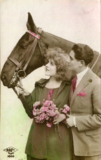 Conventionally, postcards can be divided into inscriptions and stories: commemorative cards (“Hello from Yalta”, etc.), living room (New Year, birthday), love stories – “For a long memory”, “He and She,” “Remember me.” Interestingly, the images of romantic lovers are absolutely capitalist – men are brioline, with a flower in the buttonhole, with tinted lips and eyes, plus retouching – all this is completely different from the classic image of the Soviet man. Inveterate Komsomol members should not have such in their dormitory: these cards were considered Nepman art, commoners, bourgeoisie, moveton. They could be well criticized at the Komsomol meeting. They said that there was no sex in the Soviet country – but it is enough to look at this folk glamour “to feel its sensuality. These postcards are a clear way of erotic communication! For example, the inscription “In memory of our meeting in Yessentuki” says a lot. Obviously, there was a holiday romance! Later postcards are photo invitations to a wedding, with vignettes, that is, when someone’s face is inserted into the plots (a table with champagne).”
Conventionally, postcards can be divided into inscriptions and stories: commemorative cards (“Hello from Yalta”, etc.), living room (New Year, birthday), love stories – “For a long memory”, “He and She,” “Remember me.” Interestingly, the images of romantic lovers are absolutely capitalist – men are brioline, with a flower in the buttonhole, with tinted lips and eyes, plus retouching – all this is completely different from the classic image of the Soviet man. Inveterate Komsomol members should not have such in their dormitory: these cards were considered Nepman art, commoners, bourgeoisie, moveton. They could be well criticized at the Komsomol meeting. They said that there was no sex in the Soviet country – but it is enough to look at this folk glamour “to feel its sensuality. These postcards are a clear way of erotic communication! For example, the inscription “In memory of our meeting in Yessentuki” says a lot. Obviously, there was a holiday romance! Later postcards are photo invitations to a wedding, with vignettes, that is, when someone’s face is inserted into the plots (a table with champagne).”
Collecting such postcards is almost the same as collecting naive art; it is an opportunity to touch time. It turns out that while we were school children, adults had a parallel life that we did not know about, but it was! Who knows, maybe, in a while, I start collecting them too.

















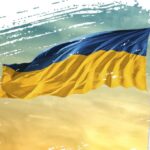






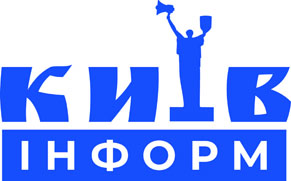



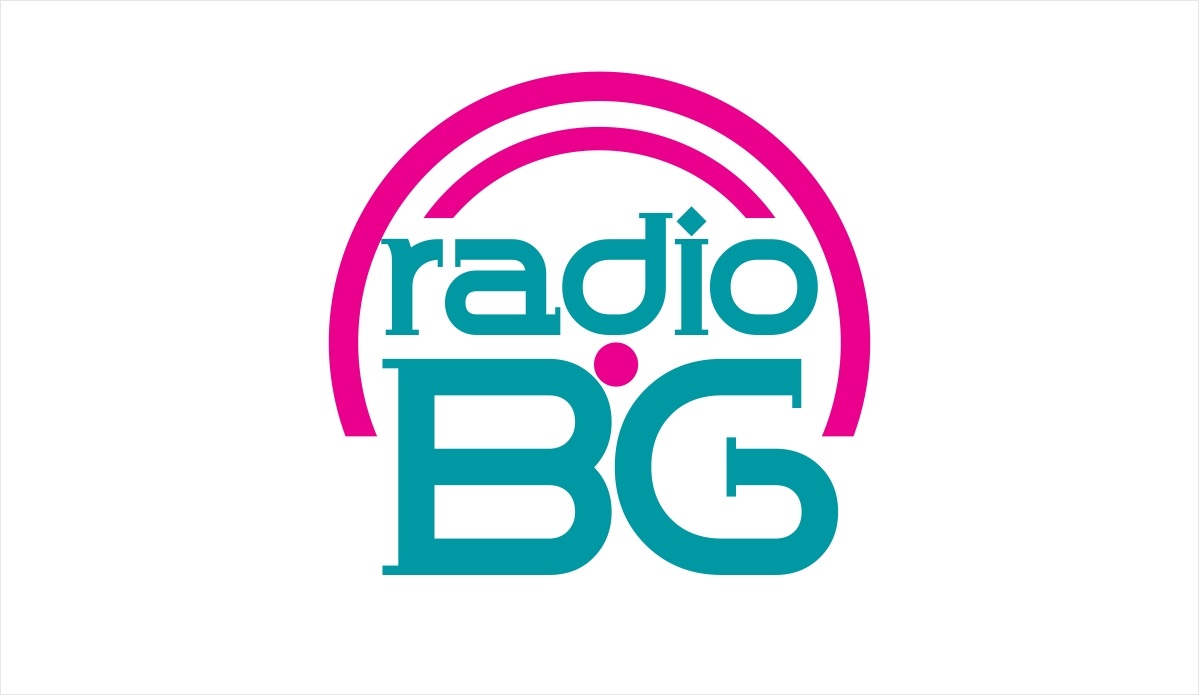


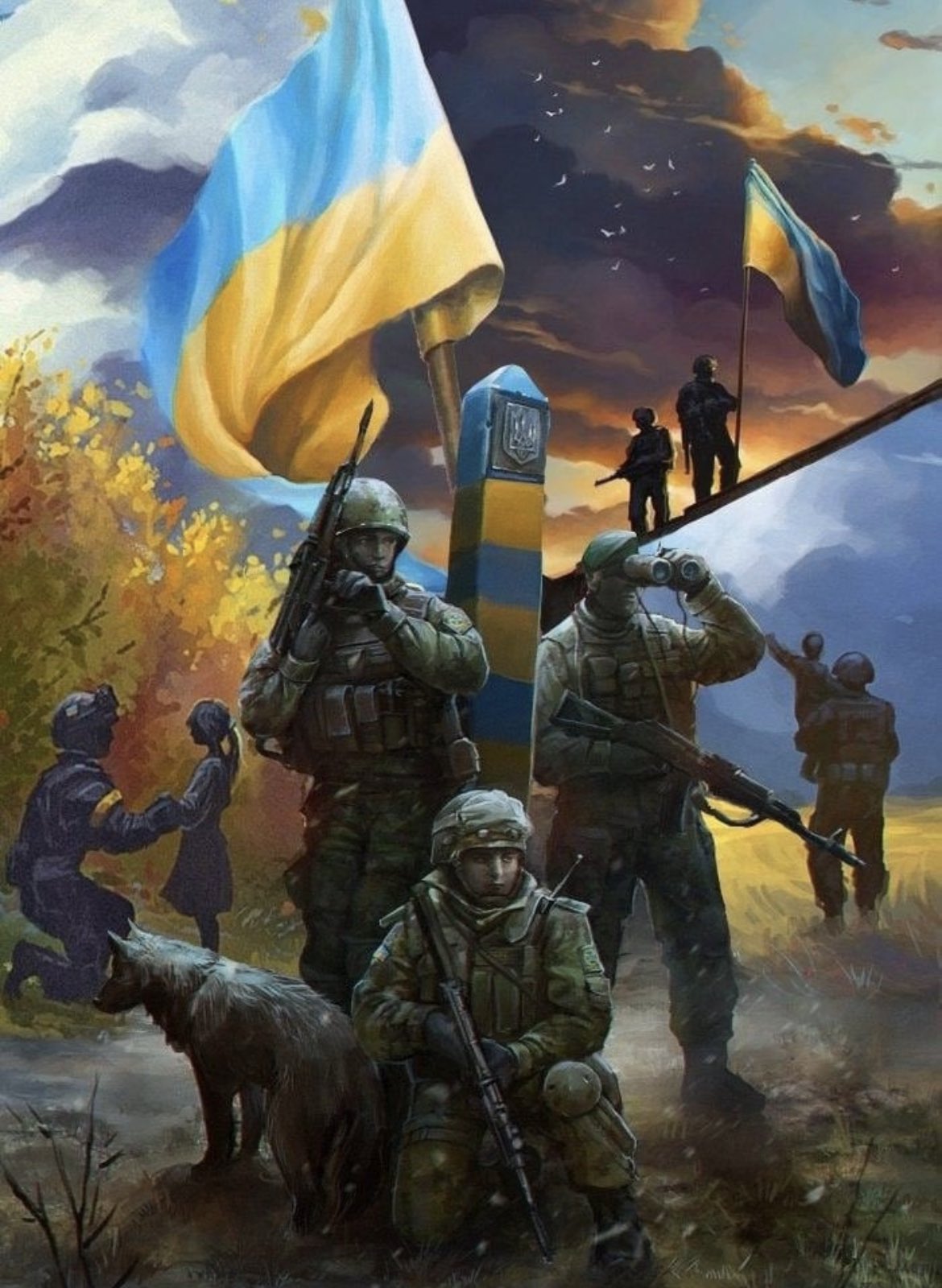












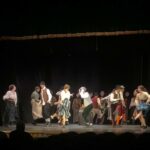













Залишити відповідь